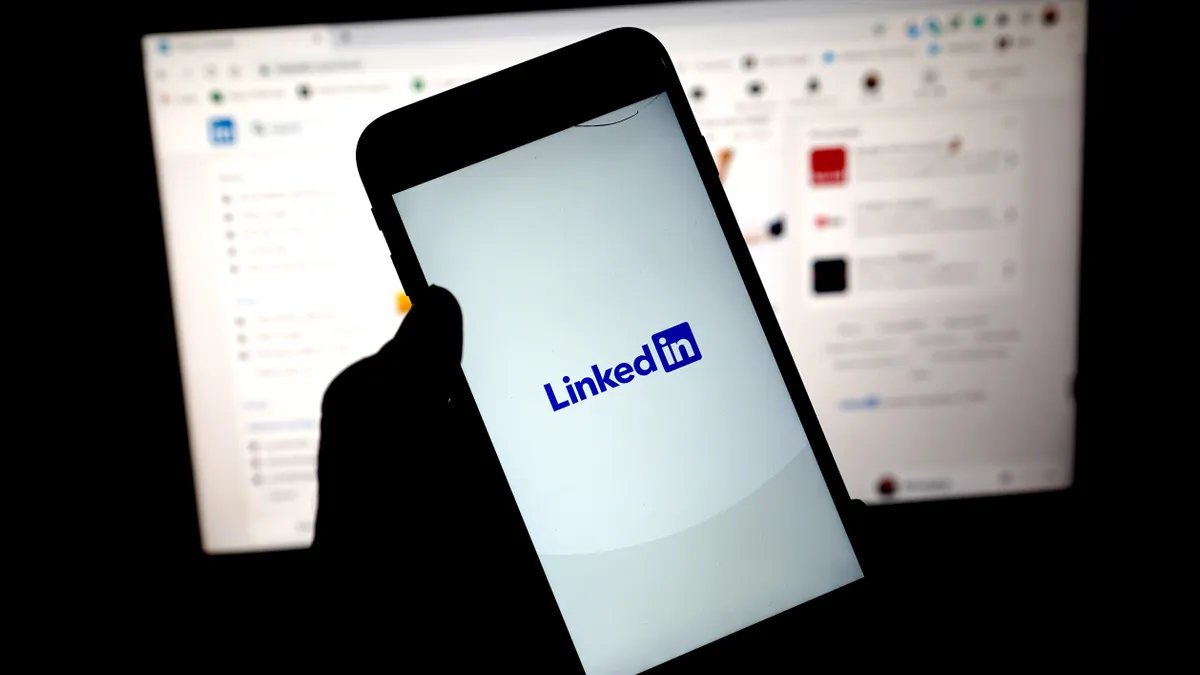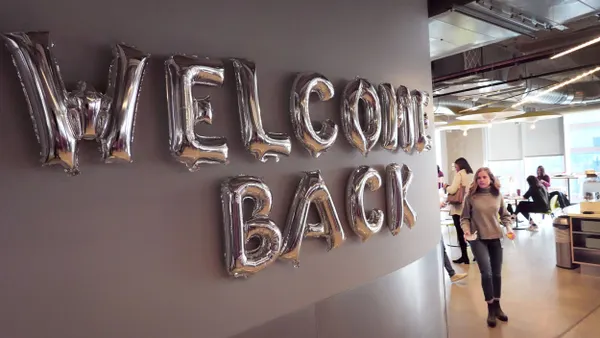ORLANDO, Fla. — HR professionals have a lot going on, Marty Bryson, President of HR Florida State Council, remarked after an Oct. 19 panel discussion on trending HR issues. Research shows how accurate the observation is: According to a Gartner report released earlier this week, more than 80% of HR leaders are expected to do more work compared to three years ago.
But Bryson, who works for a healthcare agency, had positive things to say about how HR departments are rising to the challenge.
The panel discussion, hosted by the Florida Bar, highlighted four trends HR pros may need to address in 2024: remote and hybrid work; employee work-life balance; a transition from talent acquisition to talent access; and a reinvention of diversity, equity, inclusion and belonging.
Keep proximity bias out of WFH and RTO
Recent seismic changes to how work is performed offer HR leaders a number of proactive lessons, according to the panelists.
First, it has become clear that for many industries, the nature of a job and the business can influence how employee and business needs are balanced. Remote and hybrid models work best for knowledge workers, those who typically complete most tasks using a computer, Bryson told HR Dive. “Remote work is ideal for roles where the worker can communicate with supervisors and other team members via phone calls, video calls or chat messaging services,” she said.
But remote work has also given rise to a new focus: “proximity bias.” The phenomenon occurs when managers “tend to give preferential treatment to those in their immediate vicinity,” Bryson explained. Remote workers may be excluded from high-profile projects and relationship building, and their chances to qualify for promotion and other career and networking opportunities may be reduced, she said.
Unlike in-person interactions, which “encourage more collaborate participation and teamwork thinking, as people can read each other’s body language and are able to have quicker discussions,” virtual meetings allow for only one person to speak at a time and reduce participants to squares on a screen, Bryson said.
“Successful managers will need to create opportunities for everyone,” including opportunities for virtual networking and team building, Bryson recommended. Managers may also need to keep one voice from taking all the attention — virtually or in-person — and balance the conversation so that all who want to participate have an opportunity to share, she suggested.
To address employee resistance to return-to-office mandates, HR should delve into the root cause, Bryson said. It may be that the change will affect commuting distance, child care or elder care responsibilities, or a disability; HR should look for solutions that can work for all, she recommended.
There are drastic differences between how people feel about where they work, Jill Davis, senior corporate counsel, legal affairs, Orlando Health, emphasized in an email to HR Dive. “Ideally, organizations will offer their employees the opportunity to tailor their work schedules to their own preferences,” she said.
Allow employee goals to drive work-life balance
HR pros will continue to find themselves working to help employees reach a healthy, productive work-life balance next year, the panelists said. That balance ultimately depends on an employee’s goals and the tools an employer can provide to facilitate them, moderator Chelsie Flynn, associate general counsel of employment at Lockheed Martin, pointed out during the discussion.
It may mean getting organization leaders on board with accepting change, such as transitioning from 12-hour to eight-hour shifts, or from five-day workweeks to four-day workweeks.
The focus is on “how we can keep people here,” Davis told the audience.
Also, “any change has to be looked at from multiple angles — the impact on employees, the impact on customers, ROI on the organization’s financial position,” Bryson pointed out to HR Dive.
Modernize hiring
Labor shortages, retiring baby boomers and the demand for new skills have led HR teams to shift from talent acquisition to talent access, another trending issue, the panelists said.
In other words, the time may be ripe to “modernize hiring.” With traditional hiring, an organization hires an individual with the required education and experience to fulfill the needs of a particular job, Davis explained to HR Dive. More updated approaches involve hiring and training employees for a particular position who may be a good fit but lack the required education or skills, she said.
Training development programs can take many forms: upskilling that builds on an employee’s current skills, reskilling that trains them for an entirely different job, or ongoing learning.
Employers may also want to consider bringing retired employees back to assist with specific projects or invest in programs that help employees who left due to caregiving duties transition back to work, Davis and Flynn suggested to the audience.
Reinvent DEIB
With the pushback against diversity, equity, inclusion and belonging programs in some sectors and a pullback from DEI initiatives by some businesses, it may also be time to reinvent DEIB, the panelists said.
Diversity isn’t just based on protected classes, Bryson emphasized during the panel discussion. It’s about focusing on what each of us can bring to the table, she said; “DEIB programs are shifting to supporting acceptance of uniqueness and focusing on commonalities for a sense of belonging.”
To reinvent DEIB, employers may have to take a broader view than before, doing more than merely promoting high visibility programs, Davis said; HR pros may need to work to integrate it into the foundation of a company.
Correction: A previous version of this article did not fully identify Jill Davis. Jill Davis is senior corporate counsel, legal affairs, for Orlando Health.



















